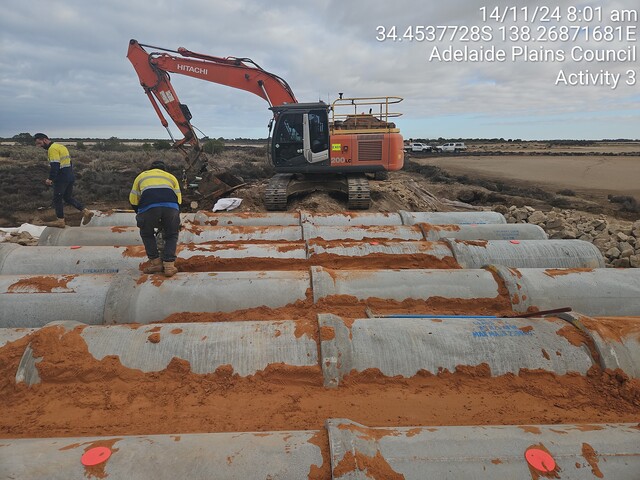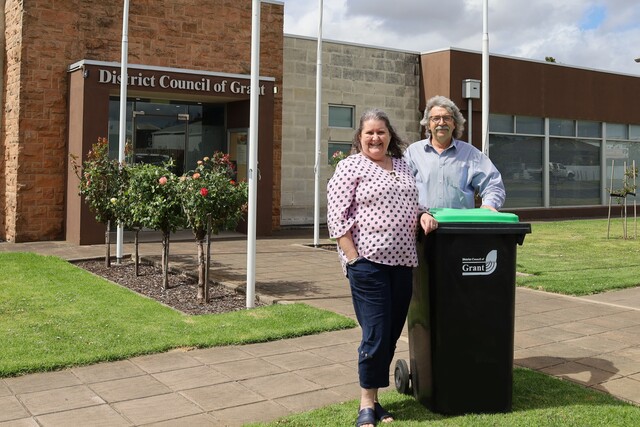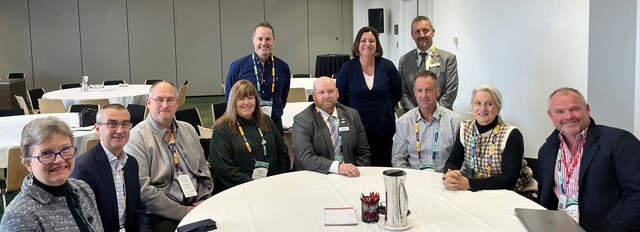In 1997, when BHP announced it would be stopping all steel production at its Newcastle plant the natural initial reaction was ‘gloom and doom’. However, according to Lord Mayor John Tate, the contrary has happened with a host of new opportunities presenting themselves, not the least being tourism and environmental advancements.
“The image of Newcastle, as a polluted industrial city, was in reality gone long before BHP’s closure,” the Lord Mayor said. “Council’s excellent environmental credentials have been recognised with a number of major national and international awards. Successfully attracting new clean and green industry to the city provides further evidence of this and, at the same time, creates new job opportunities.”
In close consultation with the community, he said that Council is now at the point where it can look at the future and pursue whatever is before it. Newcastle has a huge opportunity for developing its tourism potential.
Located at the gateway to the Hunter Valley with its world famous vineyards, surrounded by excellent beaches, magnificent mountain ranges and Australia’s largest salt water lake, Newcastle is an ideal base for holiday makers.
The city’s wealth of heritage attractions, top class restaurants, retail and commercial outlets, art galleries, theatre and cultural centres, internationally recognised wetlands and bird habitats, full range of quality sporting and leisure facilities, and its vibrant, working harbour are all great draw cards.
“We need to package all this, and extend our accommodation range, catering for backpackers through to those seeking five star hotels,” Lord Mayor Tate said. “Encouraging the development of additional major hotels offering conference facilities is a high priority.”
He said that over the past two decades careful forward planning by previous Councils has resulted in the preservation and restoration of a large number of heritage buildings. As one of this nation’s earliest European settlements, Newcastle has many examples of convict and early settler history just waiting to be explored.
Last year, the unearthing of significant remains and artefacts from the Convict Lumber Yard, Newcastle’s oldest European industrial site, has provided yet another historical attraction right in the heart of the city. Further plans include the opening of the Fort Scratchley tunnels, where coal was first dug in the region, and the telegraph station, an important part of horse and buggy days.
“Good housekeeping for the city is vital to the face we present visitors,” the Lord Mayor said. “A strong emphasis on providing high quality public space and safe, bright and attractive community focal points is also important.” There is great air of confidence about the future. Having been on Council for 20 years, John Tate believes more is happening now than ever before.
“With development applications running at an all time high, people are keen to get in and invest,” the Lord Mayor said. “British Aerospace, CSIRO’s National Energy Research Centre, new call centres, inner city residential development and a new four star hotel are just some examples of this confidence.
“Qantas announcing it will provide a daily jet service direct from Melbourne beginning in May is further recognition of Newcastle’s enormous potential.” However, he said that the challenges will keep coming. Although there is more coal exported through Newcastle than any other port in the world, this fossil fuel will ultimately run out so the city must plan for the future.
As one of the nation’s best deep water ports, potential for development as a container terminal is just one option being pursued. “We have a great future before us,” Lord Mayor Tate said. “It is up to us as to how good we can make it.”
For Economic Development inquiries, telephone (02) 4974 2878







